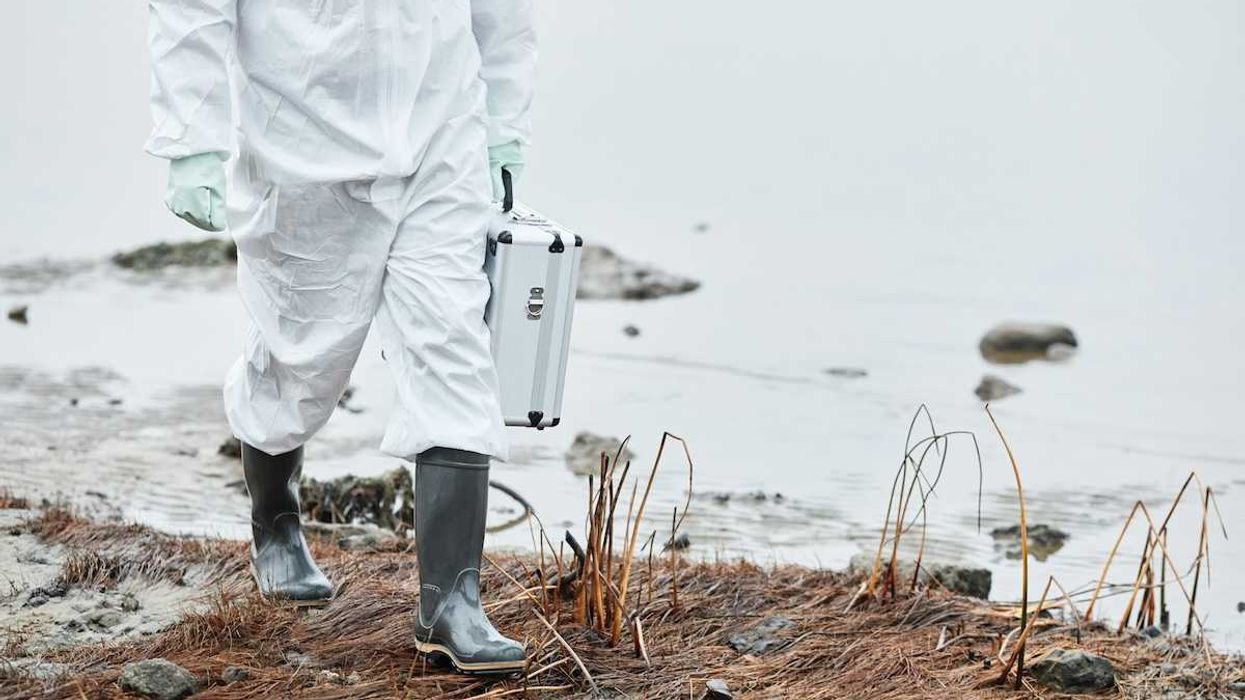The rapid spread of antifungal pesticides in U.S. agriculture could be helping dangerous fungi evade the limited drugs that treat life-threatening infections in people and animals.
Sharon Udasin reports for The Hill.
In short:
- Researchers warn that new antifungal pesticides may be encouraging resistance to the same drugs used in hospitals, as fungi adapt to shared mechanisms in both types of treatments.
- Infections from fungi like Candida auris are rising sharply, while only a handful of effective antifungal medications exist, making resistance a serious medical challenge.
- U.S. hospitals see around 75,000 fungal-related hospitalizations annually, with direct costs topping $6.7 billion, while crop losses from fungi reach up to $200 billion each year.
Key quote:
“We have learned that the widespread use of antibiotics for livestock resulted in the rapid development of resistance to antibacterials. We have similar concerns regarding the use of antifungals in the environment.”
— George Thompson, study lead author and professor of medicine, University of California, Davis
Why this matters:
Fungi may not grab headlines like viruses or bacteria, but they’re quietly becoming one of the most formidable infectious threats in medicine. Their growing resistance to treatment — partly driven by fungicide use in agriculture — poses a double-edged sword. Farmers need tools to protect crops, but widespread chemical exposure helps fungi evolve faster. Since fungal cells share similarities with human cells, developing safe, effective drugs is harder than with bacteria. That leaves vulnerable patients — those with weakened immune systems especially — at greater risk. As resistance grows, even routine infections could become deadly, putting pressure on doctors, drugmakers, and regulators to act quickly and carefully.
Read more: California music festival linked to rise in fungal infections














